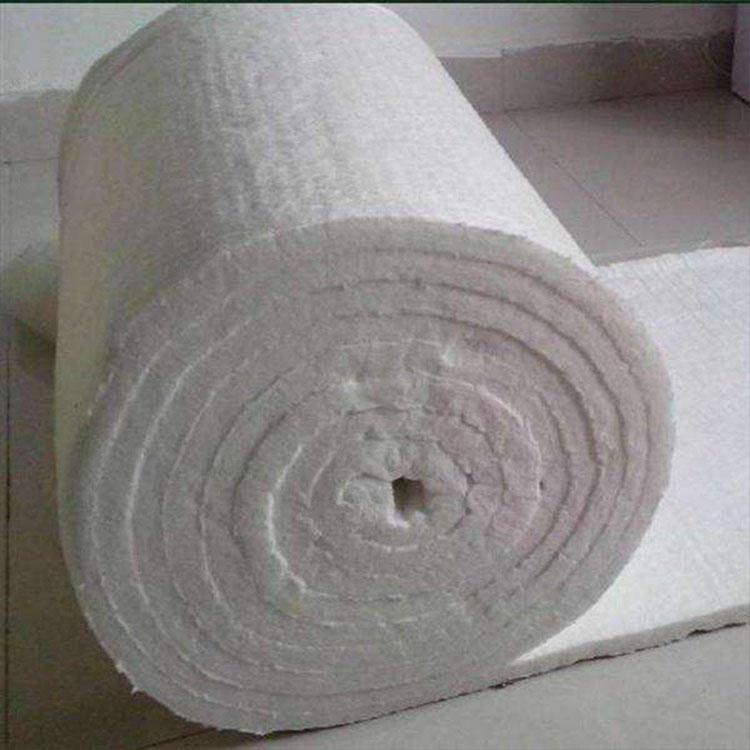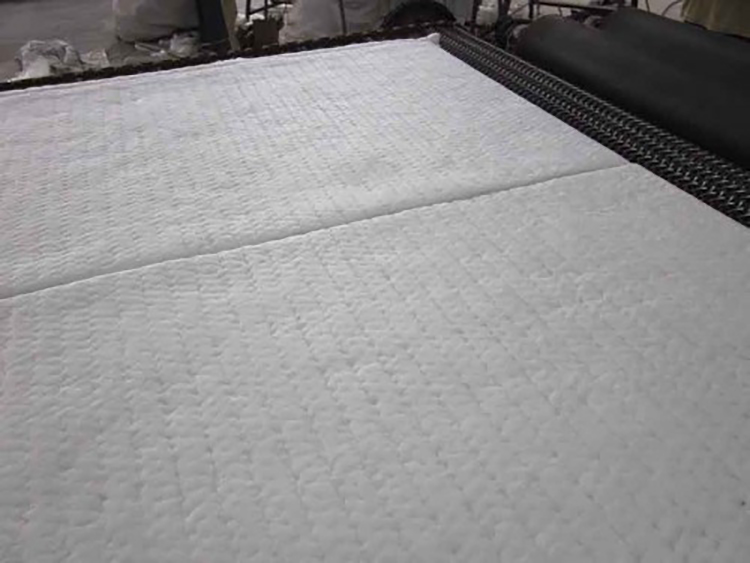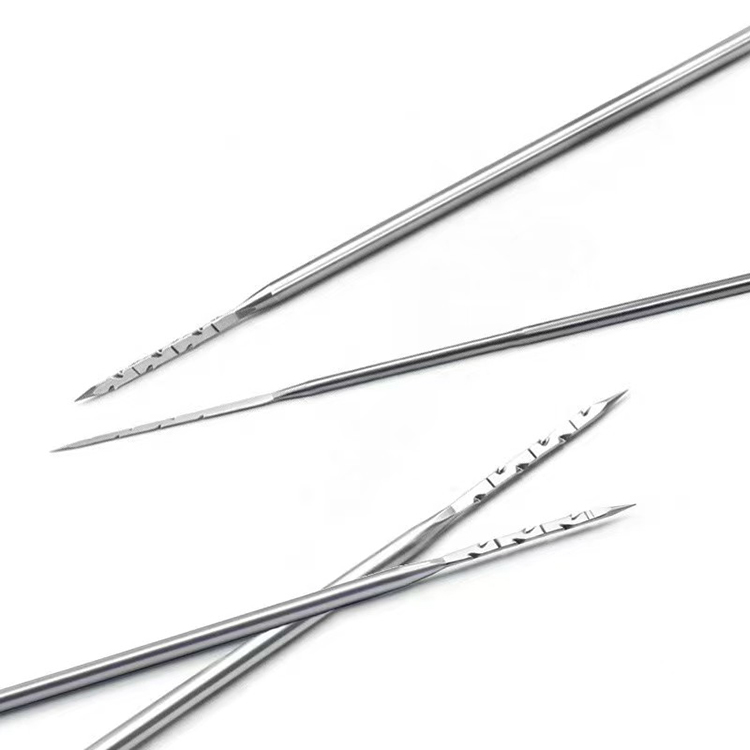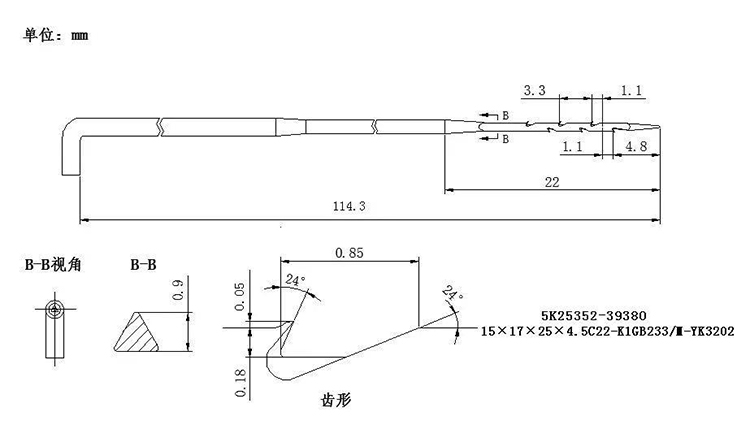Ceramic fiber blankets are high-temperature, thermal insulation materials that are widely used in various industrial applications due to their excellent thermal stability, low thermal conductivity, and resistance to thermal shock. These blankets are also known for their lightweight, flexible, and easy-to-install properties. In this article, we will explore the composition, properties, applications, and benefits of ceramic fiber blankets.
Composition: Ceramic fiber blankets are made from high-purity alumina-silica materials and are manufactured using a spinning or blowing process. This process produces long, flexible, interwoven fibers that are then needled to improve the tensile strength and handling properties of the blanket. The composition of ceramic fiber blankets provides them with exceptional thermal insulation properties, making them suitable for use in high-temperature environments.
Properties:
Thermal Insulation: Ceramic fiber blankets offer high-temperature insulation, with operating temperatures reaching up to 2300°F (1260°C). This makes them suitable for use in applications where thermal management and heat containment are critical.
Low Thermal Conductivity: The low thermal conductivity of ceramic fiber blankets reduces heat transfer, making them an energy-efficient solution for various industrial processes, including furnace lining, kiln insulation, and high-temperature pipe insulation.
Lightweight and Flexible: Ceramic fiber blankets are lightweight and highly flexible, allowing for easy installation and shaping to fit complex geometries. This flexibility is particularly beneficial in applications that require insulation around irregular surfaces and equipment.
Chemical Resistance: These blankets exhibit good resistance to most chemicals, except hydrofluoric and phosphoric acids, and can withstand exposure to most oils, solvents, and alkalis.
Thermal Stability and Thermal Shock Resistance: Ceramic fiber blankets offer excellent thermal stability and are resistant to thermal shock, making them suitable for use in applications where rapid temperature changes occur.


Applications: Ceramic fiber blankets find widespread use across various industries and applications, including but not limited to:
Furnace and Kiln Linings: These blankets are used to insulate and line furnaces, kilns, and other high-temperature processing equipment, helping to maintain consistent operating temperatures and improve energy efficiency.
Insulation for Pipes and Ducts: The flexibility and thermal insulation properties of ceramic fiber blankets make them ideal for wrapping and insulating pipes, ducts, and other industrial equipment to prevent heat loss and maintain process efficiency.
Fire Protection: Ceramic fiber blankets are utilized in passive fire protection systems to provide insulation and protect structural components from heat and fire damage.
Expansion Joint and Sealing: In industrial applications, ceramic fiber blankets are used as a seal or gasket material for expansion joints, door seals, and flue ducts, offering both thermal insulation and airtight sealing properties.
Automotive and Aerospace Industries: Ceramic fiber blankets are used for heat shielding and insulation in high-temperature environments, such as in automotive exhaust systems and aerospace applications.
Benefits:
Energy Efficiency: The low thermal conductivity of ceramic fiber blankets helps to conserve energy by reducing heat loss and improving process efficiency in industrial operations.
Thermal Management: By providing reliable thermal insulation, these blankets contribute to maintaining consistent operating temperatures, prolonging equipment lifespan, and enhancing safety in high-temperature environments.
Installation Flexibility: The lightweight and flexible nature of ceramic fiber blankets allows for easy handling, cutting, and installation, saving time and labor costs during application.
Durability: With their resistance to thermal shock and chemical degradation, ceramic fiber blankets offer long-lasting performance and reliability in demanding industrial environments, ultimately contributing to cost savings and reduced downtime.
In summary, ceramic fiber blankets are essential thermal insulation solutions that play a crucial role in various industrial processes and applications. Their exceptional thermal insulation properties, flexibility, and chemical resistance make them indispensable for maintaining high-temperature environments, improving energy efficiency, and ensuring equipment durability. As industries continue to rely on high-temperature processes, the demand for ceramic fiber blankets is expected to remain strong, driving ongoing innovation in their composition and manufacturing processes to meet the evolving needs of industrial applications.


Post time: Feb-29-2024
